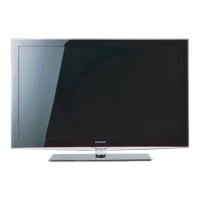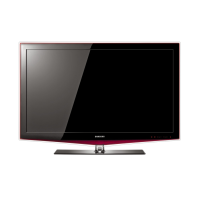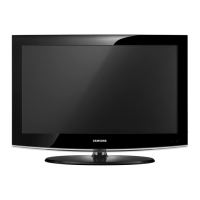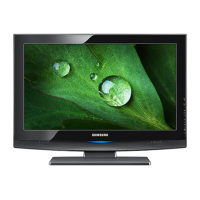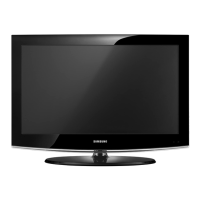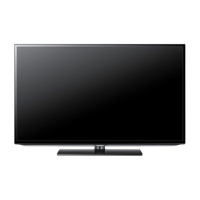L_~~!mecting
VHF
_a_nd_U_H_F_A_n_t_en_n_a_s
_
If your antenna has a set of leads that look like the diagram
to
the right, see 'Antennas with 300
oFlat Twin Leads' below.
If your antenna has one lead that looks like the diagram
to
the right, see 'Antennas with 75 0
Round Leads'.
If you have two antennas, see 'Separate VHF and UHF Antennas'.
Antennas
with
300
n
Flat
Twin
Leads
If you are using an off-air antenna (such as a roof antenna or 'rabbit ears') that has
3000
twin
flat leads, follow the directions below.
1. Place the wires from the twin leads under the screws
on
a 300-75 0 adapter (not
supplied). Use a screwdriver
to
tighten the screws.
2.
Plug the adaptor into the ANT
IN
terminal on the back of the
TV
Antennas
with
75
n
Round
Leads
Plug the antenna lead into the ANT
IN
terminal on the back
of
the
TV
Separate
VHF
and
UHF
Antennas
If you have two separate antennas for your TV (one VHF and one UHF), you must combine
the two antenna signals before connecting the antennas
to
the
TV.
This procedure requires
an
optional combiner-adaptor (available at most electronics shops).
1. Connect both antenna leads to the combiner.
2.
Plug the combiner into the ANT
IN
terminal on the bottom of the rear panel.
•
Connecting
Cablle
TV
To
connect
to
a cable TV system, follow the instructions below.
Cable
without
a
Cable
Box
Plug the incoming cable into the ANT
IN
terminal
on
the back of the
TV
® Because this TV
is
cable-ready, you do not need a cable box
to
view unscrambled cable
channels.
Connecting
to
a
Cable
Box
that
Descrambles
All
Channels
(
-
..
~
t·
UHF
'.;
-:;::'I,~,
1. Find the cable that
is
connected
to
the ANT OUT terminal
on
your cable box.
® This terminal might
be
labeled 'ANT OUT', 'VHF OUT' or simply, 'OUT'.
2.
Connect the other end of this cable to the ANT
IN
terminal
on
the back of the
TV
ANT
IN
ANT
OUT
~~
-----==-'"
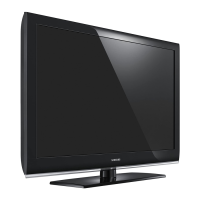
